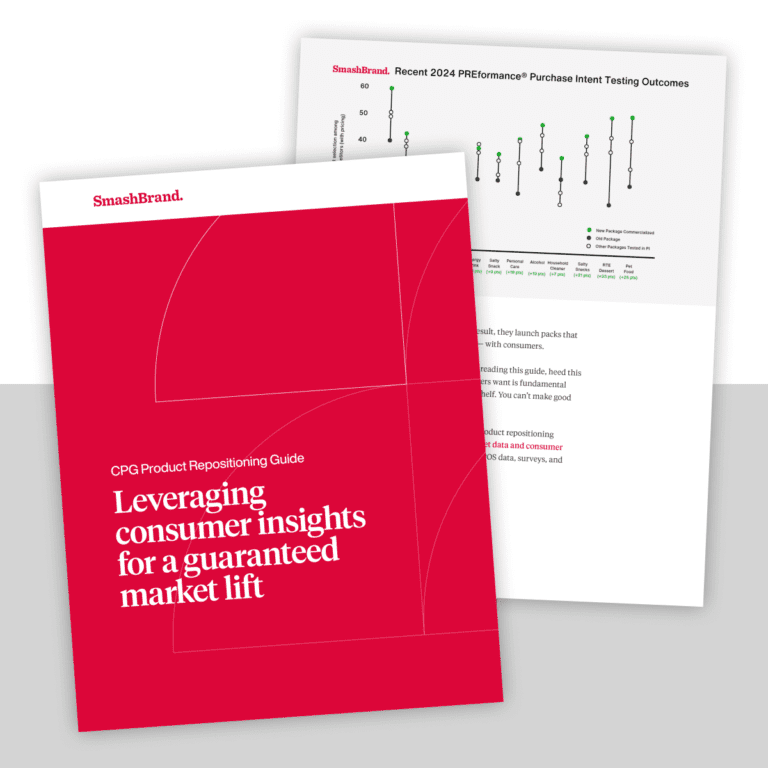It’s no secret that the COVID-19 pandemic is still in full swing, creating challenges for individuals and businesses alike. Health-conscious consumers fill the retail stores and empty the shelves of hand sanitizers, toilet paper, disinfectants, and any other products that might offer peace of mind in these stressful times. Indeed, we’re seeing a big increase in demand for consumer packaged goods (CPGs) that provide these benefits:
- Packaged health foods
- Herbal supplements
- Vitamins
- Essential oils
- Cannabis and CBD products
Across the board, customers are seeking out and stockpiling products that fall in the health/wellness bucket of CPGs. In a COVID-19 world, any products that can improve health, enhance mood, support relaxation, or reduce anxiety are hot tickets. In other words, people are afraid—and CPG manufacturers need to know how to structure their packaging design to assuage these fears.
CPG Packaging Design and Health Psychology.
The psychology of health and packaging design is centered around one key concept: The packaging design should create a connection in the audience’s mind between that product and safety/wellness. And in a COVID-19 world, consumers are more ready to make these connections than ever before.
Research by Accenture shows that consumer shopping priorities have changed in three key ways since the COVID-19 outbreak:
- Increased focus on health and supporting healthy lifestyles
- More mindfulness in shopping choices
- More desire to shop and support local businesses
Naturally, our increased focus on healthy behaviors can be seen in our day-to-day activities. We’re wearing masks outside, social distancing, washing our hands more, and, overall, paying more attention to our hygiene. And we can see why health and wellness products have become so popular over the past few months.
With the looming threat of disease, consumers are hungry for products that can protect them from illness and keep their moods up. And at the same time, consumers are feeling economic pressure from the outbreak. In one survey, 33% found themselves “financially squeezed” with less disposable income to spare than pre-pandemic.
This presents a challenge to CPG manufacturers; consumers want products that can provide protection and holistic health benefits, but they’re less able to pay premium, top-shelf prices for them. In response, manufacturers must come up with creative ways to compete on the retail shelf—ways that support both customers’ health goals and the affordability of that product.
On that score, the best place to start is with packaging design.
Packaging Design for Health and Wellness Products.
Packaging design for health products follows many of the same packaging best practices as other products. Like other CPG products, the packaging design needs to make the product itself the star of the show. Elements should support the product’s features and reinforce them with specific design elements that highlight and strengthen the product’s value.
Health Claims
While health and wellness products aren’t so different from other types of goods, they have a different hurdle to overcome, and that’s the claims made on the packaging design.
It’s common to see many supplements and health-supportive products advocate their immunity-boosting properties. Still, regulators at the U.S. Food and Drug Administration (FDA) have become better at clamping down on nutritional claims that aren’t supported by evidence. Generally speaking, manufacturers need to tread lightly when advertising a product’s health-boosting features and should take care not to spread claims that fall closer to the “marketing lingo” side of things.
Layout and Copy
With the above in mind, designers should craft their product packaging layouts to speak to the specific benefits and features of their health-related products. You’ll often see these claims put front and center in bullet list formats:
- 100% Organic
- No artificial sweeteners
- Locally grown
And so on. These are the main selling points of the product and need to be displayed prominently in your layout. This layout depends on the product itself, of course. A bottle of vitamins may have less room for stylistic indulgence than a box of bath bombs, for example – but it’s an important part of their product design all the same.
Color Selection
Color plays a vital role in packaging design, particularly for health and wellness. Wellness-centered products should suggest comfort and security; color is crucial to this connection.
As designers know, a package’s color scheme plays a big role in how it’s perceived. Cooler tones (blues, greens) suggest comfort, tranquility, and relaxation. Warmer hues (reds, yellows) suggest excitement, passion, and energy. As such, most wellness and health-centered products fall on the ‘comfort’ side of things, opting for cool or neutral color schemes.
Make sure that the color scheme chosen for your products aligns with these ideas, as the color pattern is often one of the first things a customer registers when he or she views it on the shelf. Product layouts, copy, and marketing claims often come second to the visual impact of the packaging’s color, so put some thought into this process.
Give Your Customers What They Want.
In a COVID-19 world, customers want products that let them take control of their health. And they want those products to be affordable. But more than anything else, customers want peace of mind. They want to feel assured that the products they use will produce a positive effect in their lives.
Packaging designers are on the front lines of this goal since they’re responsible for crafting the packaging elements that capture the viewer’s attention on the retail shelf. Keep the above design tips in mind to stay on top of these goals and distribute products that give buyers confidence.
Subscribe to
Nice Package.
SmashBrand’s Nice Package: Stay current with our latest insights
Free Resource.

CPG product repositioning guide.
Explore the five undeniable signs your CPG product needs repositioning along with strategies for leveraging consumer insights for a guaranteed market lift.
Download Whitepaper About CPG product repositioning guide.